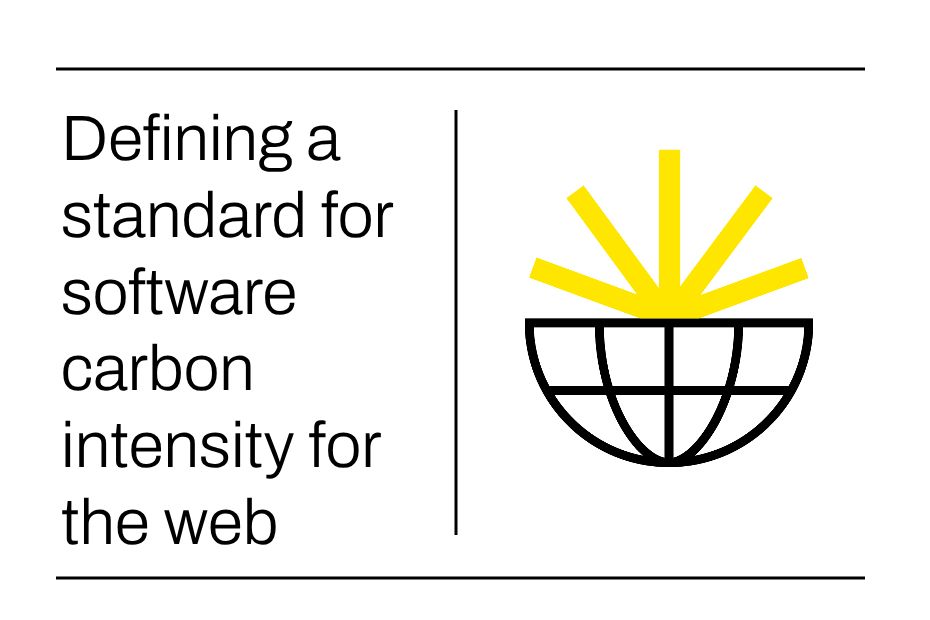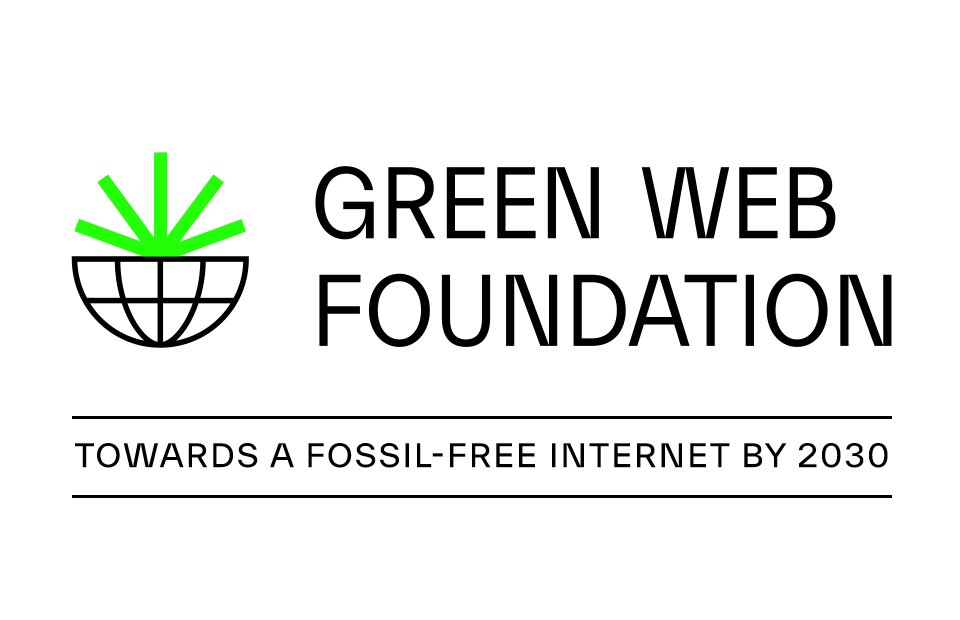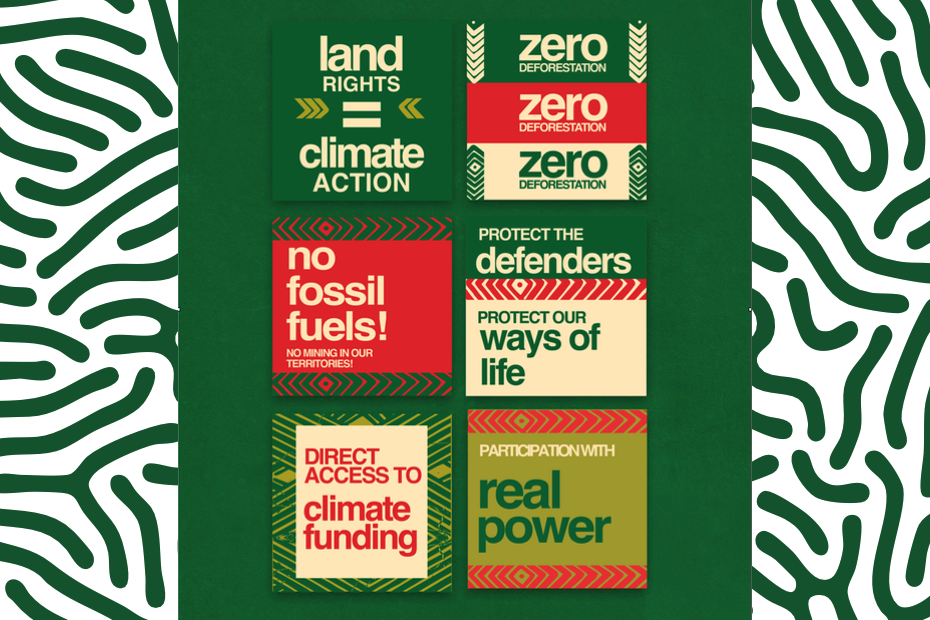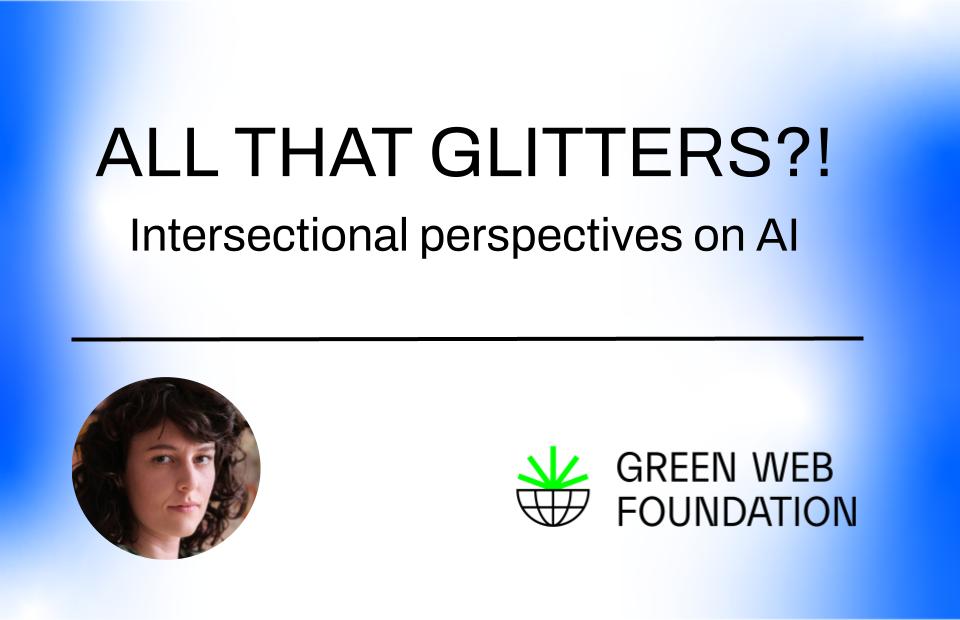For the last few months, the Green Web Foundation has been in talks with the World Wide Web Consortium (the W3C), and the Green Software Foundation (the GSF), about defining a focussed version of the existing Software Carbon Intensity ISO standard, specifically intended for the web. Over the summer, we’ll be leading a set of kickoff workshops to begin this work in earnest, with a view to eventually creating a focussed ISO standard. In this post we explain why we are doing this, how it relates to existing initiatives, how you can get involved, and stay up to date.
Why is a there a need for a Software Carbon Intensity standard for the Web in the first place?
There is already an recognised ISO standard for measuring software carbon intensity, so why would you need another one for the web?
Well, the short version is that the current standard is very flexible, because it’s intended to be general enough to support using it for AI, desktop usage, and basically all kinds of software. That flexibility can mean it can be difficult to actually use – especially if you want to be able to make comparisons between different versions of software, or compare different applications or websites for carrying out specific tasks.
The idea behind a Software Carbon Intensity for Web is to create a tighter, more focussed version that is still compatible with the existing Software Carbon Intensity. To be more specific, it will still take into account:
- the amount of electricity used to run software
- the carbon intensity of that electricity
- the embodied carbon in the hardware that software runs on
- the functional unit (i.e. visiting a web page, performing a search, and so on)
However it will be more tightly foussed on the majority of use-cases found on the web; it will be clearer about the properties of reference devices that might be used (i.e. their age, how powerful they are, etc). It will also provide more guidance on what a physical measuring setup to might need to look like for making credible claims about the carbon footprint of software.
Why is the Green Web Foundation working on this?
We’re working on this because we have relevant domain experience and well… we think having meaningful standards matter. Done right, they can recognise impactful steps to reduce the environmental impact of software makes reaching a fossil free internet by 2030 more likely.
We have used and contributed code to a number of the open source tools used to measure the environmental footprint of software, and we are increasingly involved in policy around reducing the environmental impact of digital services too.
Also, as founding, active members of the Green Software Foundation, and as invited experts to the W3C Sustainable Web Interest Group, we’re in a position to make sure the work done to develop this standard is complementary to existing projects like the W3C’s Web Sustainability Guidelines.
How does this relate to the work being done by the W3C’s Web Sustainability group?
This work is intended to be complementary to the work taking place in the W3C’s Sustainable Web Interest Group. Green Web Foundation staff join the W3C’s biweekly calls, are active in the Interest Group, and will be making updates from workshops available to that group to keep communications open.
At a very high level though, if you can think of the current output from the W3C’s Sustainable Web Group to be focussed on describing good practices to follow in their Web Sustainability Guidelines, then the SCI for Web will be more about how this is measured.
This might include setting a common system boundary when making a claim about the carbon footprint of using software (so, how much of what we call “the internet” you might include in calculations), and how people can describe a functional unit (like visiting a web page or carrying out a search, etc.) – as well as make it repeatable, and something you can describe in code.
Eventually, one goal would be making it possible to write conformance to a standard like this into commercial agreements for new software projects – so credible claims about making software more sustainable can be independently verified. This is intended to help create meaningful incentives to change how software is designed, and run on servers and end user devices.
OK, you have my attention. How do I stay up to date?
The intention is to begin these workshops in the second half of July, allow for a summer break, and continue through to the 4th quarter of this year.
We’ll be posting updates to our blog as usual, but the Green Software Foundation has a dedicated page for following announcements about the standard. Sign up for updates there.



